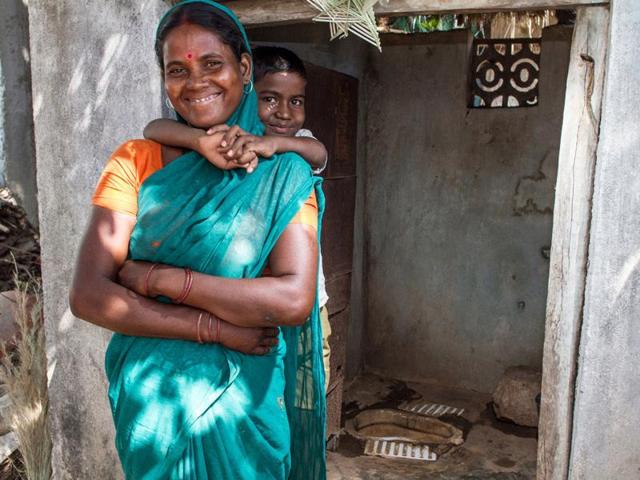Need for a robust steel framework for health in India
India cannot become a super power without caring for its people’s health. Future economic productivity will be compromised if our children die prematurely, are malnourished and people are not healthy
The latest edition of Unicef’s State of the World’s Children report suggests that 1.2 million children under the age of five died of totally preventable diseases in 2015. For India, the report has been mixed: India’s key health indicator — Infant Mortality Rate (IMR) was 38 in 2014, lagging behind Bangladesh (IMR of 31) and Nepal (IMR of 29). Yet this dubious record is hardly debated by society, media, political and administrative system, industry and religious leaders.

Underscoring the importance of social and political will to change such a situation, Mahmood Fatala, former director of the World Health Organization’s maternal health programme, said in 1990s: “Mothers are not dying because we do not know how to save them, but because the society has not decided that their lives are worth saving”.
Read | Unicef report: Tackle inequality to prevent children from dying
Three hundred years ago an Indian queen died of 14th childbirth, the king built Taj Mahal and bankrupted that treasury. About the same time, a Swedish queen had difficulty in delivery and the king called doctors from France to save her. He felt so humiliated that he ordered to set up schools to train rural women to become midwives.
Unsurprisingly, Sweden today has the best maternal and child health indicators.
India’s public expenditure in health is one of the world’s lowest — at 1.2% of GDP — even though for many years several governments have talked about increasing this to 2-3% of the GDP. The main reason for this low social and political commitment to public health is because we have a hierarchical society, don’t believe in scientific evidence but believe in authority, history, culture and stories.
Read | Why the Centre is witholding Unicef report on malnutrition
We do not keep data, and when we have statistical information, we do not publish it or pay attention to it. Even today not all deaths of children and mothers are registered. And hence we do not know how many children die. We rely on United Nations data or Sample Registration System, published and issued by Office of the Registrar General of India.
Second, the media pays scant attention to tragedies such as high child and maternal mortality.
Third, health NGOs prefer to work in rural areas and have neglected social and political advocacy for health. Here, they can learn from environmental NGOs that have been successful in advocacy and have raised the discourse globally.
The last but not the least, India has a very few top technical management team for maternal and child health at the national and state level. There are only two to four technical officers looking after maternal health as well as child health at the national level.
At state level, there are only one to two officers looking after these areas. In addition, most the decisions and financial power is centralised with the minister and generalist bureaucrats. Even the smallest decisions have to get the nod of senior officers, leading to delay and indecisions.
What is the solution to these problems? First, India must develop social and political commitment to health. The political commitment has to come from the top leadership. Second, Cabinet must approve a plan to increase spending on public health from 1.2 % of GDP to 3% of GDP in five years.
Third, the State must focus on underserved areas and populations to measure inequity in health services. This means improving publicly funded services in tribal and remote areas, for the urban and rural poor and the middle class. Such a move will be politically attractive.
Many in India feel that there is a shortage of doctors and nurses. This is partially true. The main problems is their uneven distribution and under employment. We need to attract doctors and nurses from cities to rural and remote areas. Strong financial incentives and special cadre for difficult areas can be a good way of ensuring this. Appointing rural women as healthcare activities — ASHA — is a good start but lot more needs to be done to improve access to quality health care in rural areas.
Fourth, India must develop a multi-disciplinary public health services on lines of IAS and state government services. They should manage the rural and remote health services and essential public health functions including preventive services, health surveillance, birth and death registration, epidemic control, sanitation and hygiene.
This will create a robust “steel framework” for health in India. The service delivery could be done by public, NGO or private providers but it should be paid by and controlled by a public health agency. At present, we do not have such an agency.
India cannot become a super power without caring for its people’s health. Future economic productivity will be compromised if our children die prematurely, are malnourished and people are not healthy.
Dileep Mavalankar is director, Indian Institute of Public Health, Gandhinagar
The views expressed are personal





